Pervious Pavement Market Summary
As per MRFR analysis, the Pervious Pavement Market Size was estimated at 20.44 USD Billion in 2024. The Pervious Pavement industry is projected to grow from 21.35 USD Billion in 2025 to 33.0 USD Billion by 2035, exhibiting a compound annual growth rate (CAGR) of 4.45 during the forecast period 2025 - 2035.
Key Market Trends & Highlights
The Pervious Pavement Market is experiencing a robust shift towards sustainability and innovation.
- The market is increasingly driven by a focus on sustainability, with stakeholders prioritizing eco-friendly solutions.
- Technological advancements are enhancing the performance and application of pervious pavement materials, particularly in urban settings.
- North America remains the largest market, while the Asia-Pacific region is emerging as the fastest-growing area for pervious pavement solutions.
- Key market drivers include environmental benefits and urbanization trends, which are fostering regulatory incentives for the adoption of pervious concrete and porous asphalt.
Market Size & Forecast
| 2024 Market Size | 20.44 (USD Billion) |
| 2035 Market Size | 33.0 (USD Billion) |
| CAGR (2025 - 2035) | 4.45% |
Major Players
Oldcastle Infrastructure (US), NexGen Paving (US), Pervious Solutions (US), Eco-Pavement (US), Permeable Paving (US), AquaPave (US), Stormwater Management (US), GreenPave (US)


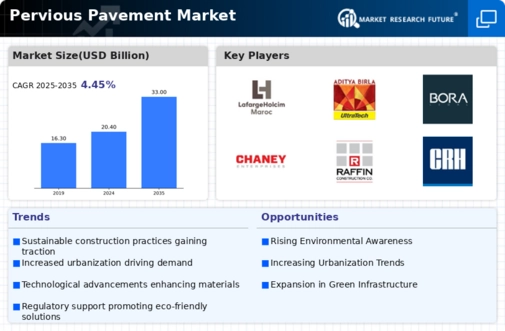

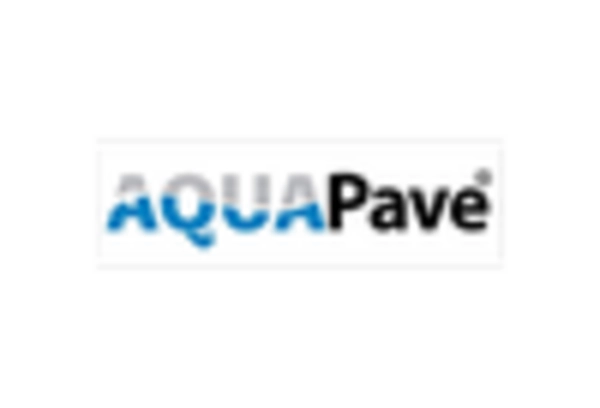
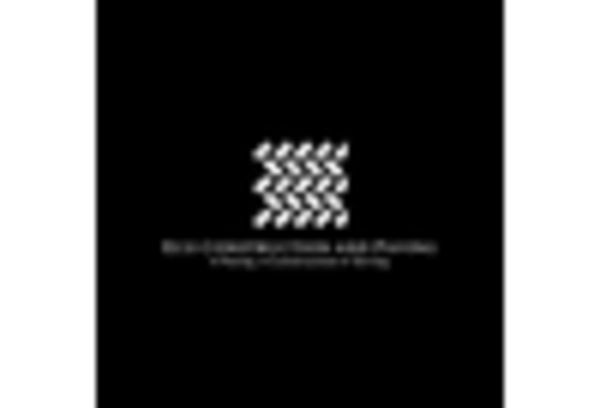
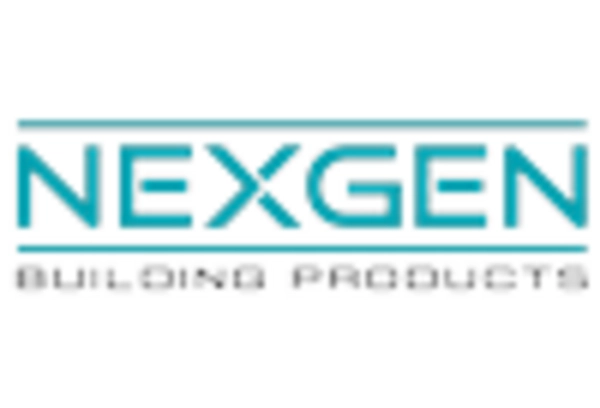
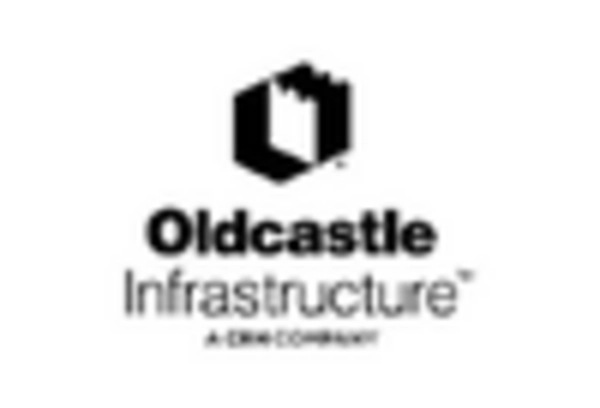
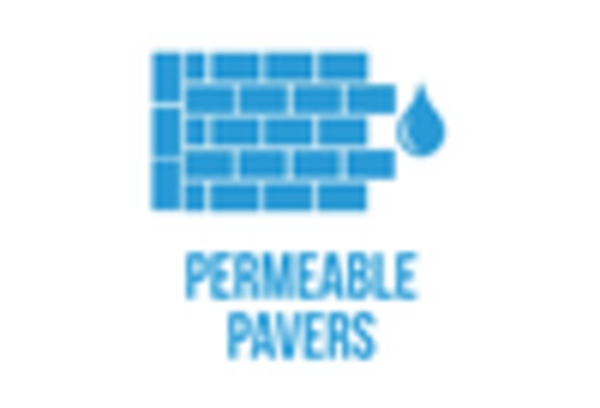









Leave a Comment